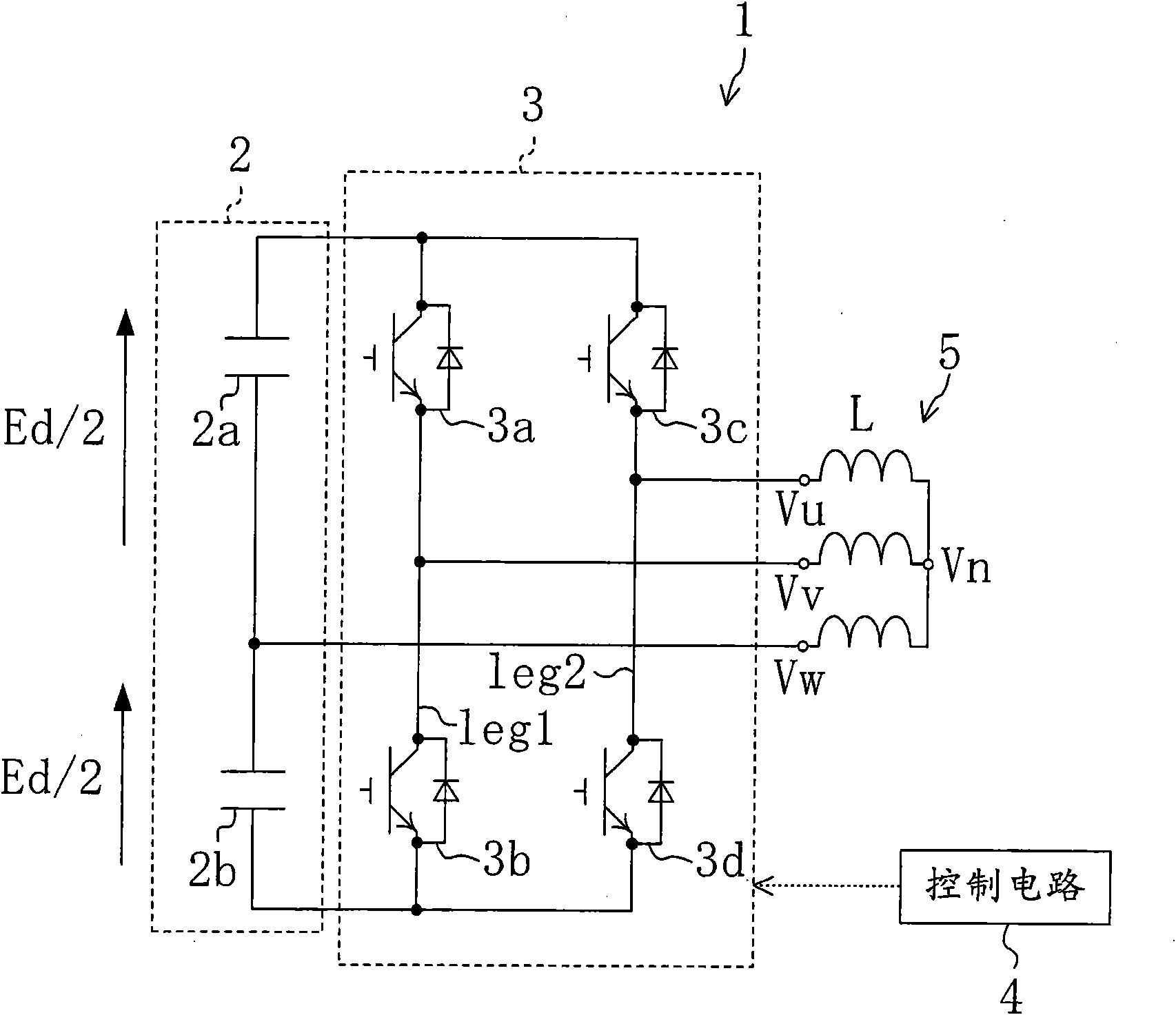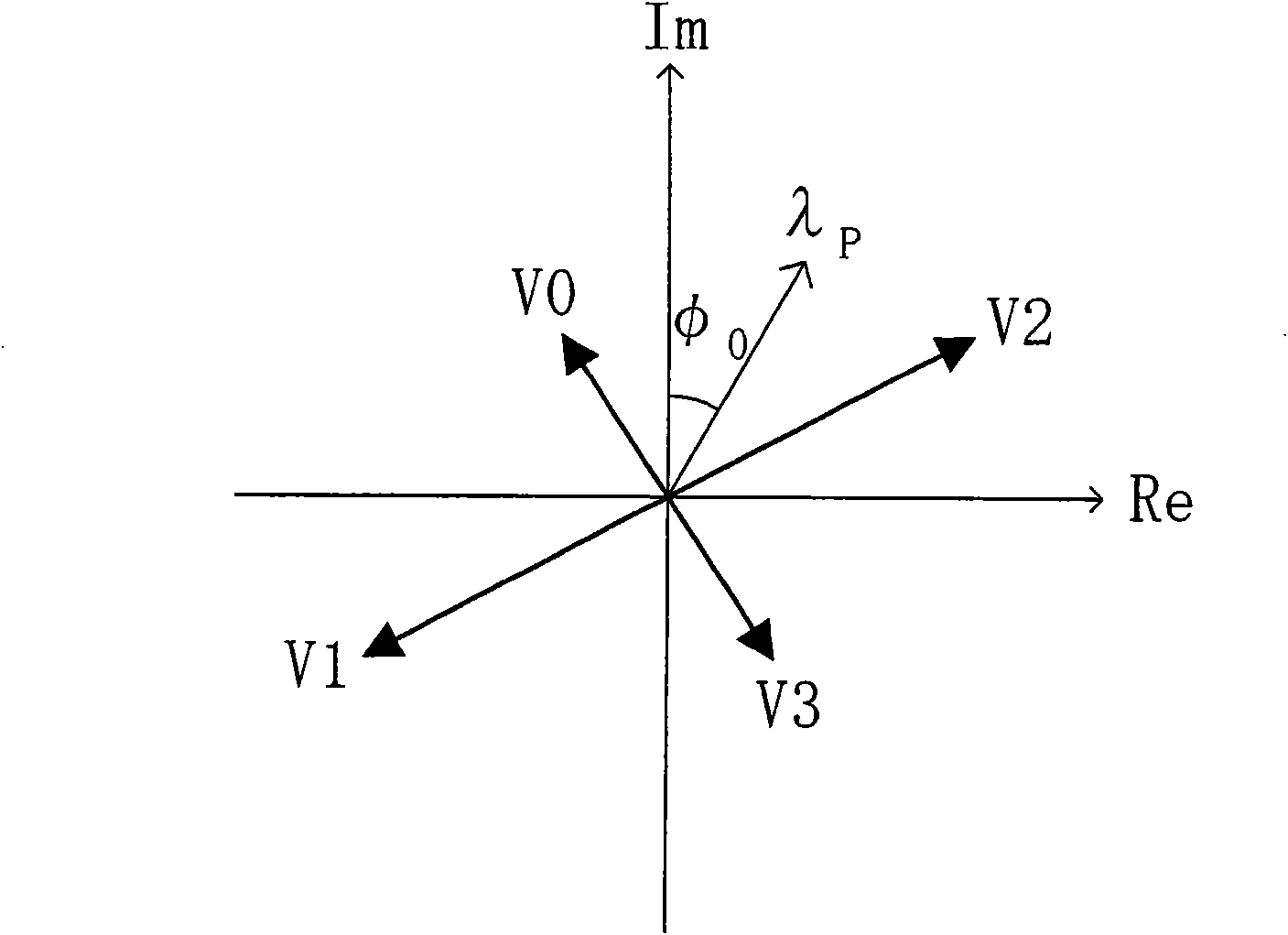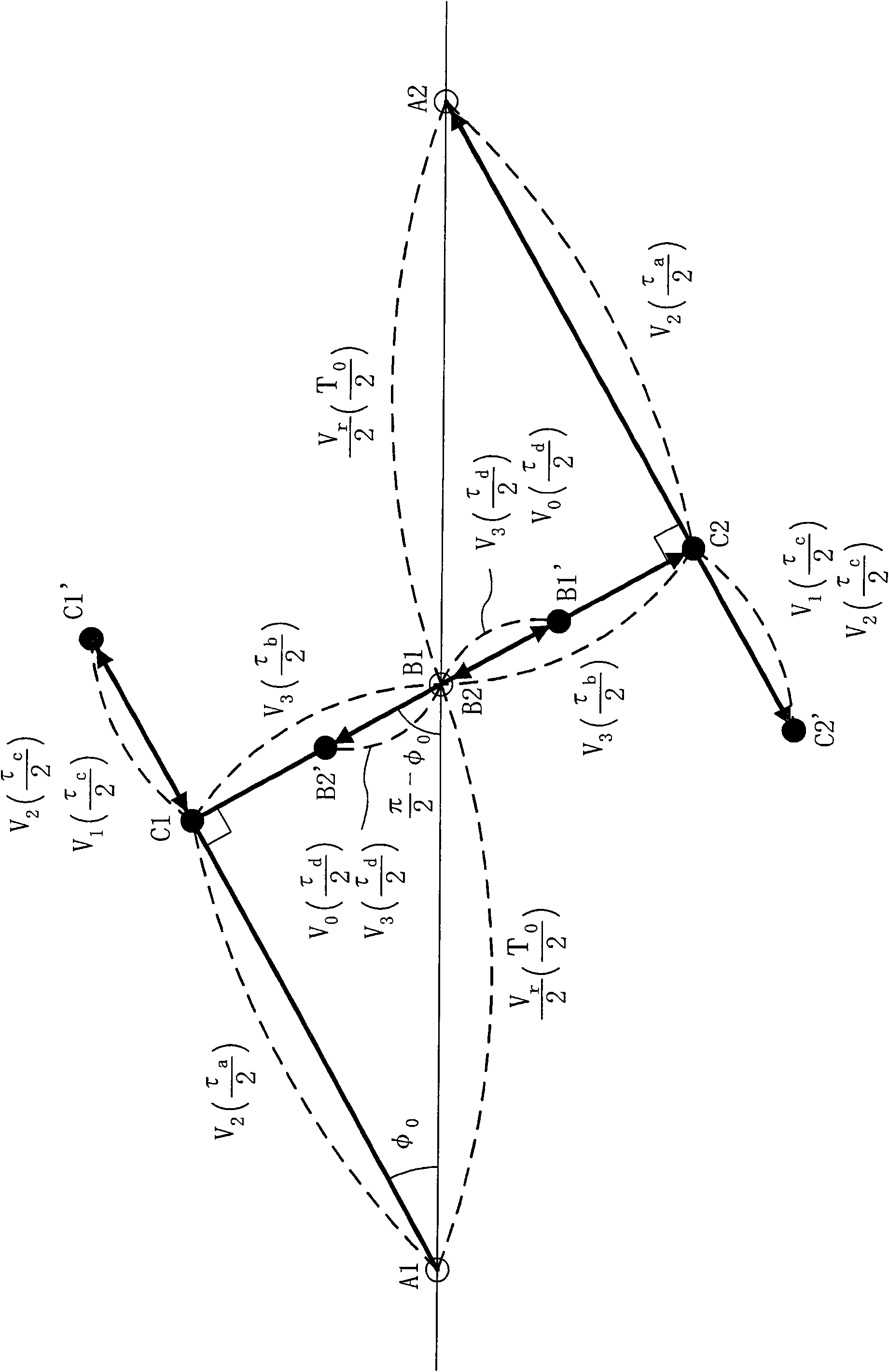Power conversion device
A technology of power conversion device and conversion circuit, which is applied in the direction of output power conversion device, electrical components, and conversion of AC power input to DC power output, etc. It can solve the problems of increased iron core consumption, large motor loss, and difficulties, and achieves Effects of reducing high-frequency harmonic components, reducing switching times, and reducing losses
- Summary
- Abstract
- Description
- Claims
- Application Information
AI Technical Summary
Problems solved by technology
Method used
Image
Examples
no. 1 approach
[0088] A first embodiment of the present invention will be described below. Such as figure 1 As shown, the power conversion device 1 of this embodiment includes a capacitor circuit 2 , a direct current conversion circuit 3 and a control circuit 4 (switch control mechanism). In addition, although not shown in particular, the power conversion device 1 includes a rectification circuit that rectifies an AC voltage of a commercial power supply and converts it into a DC voltage. In addition, the power conversion device 1 is used to drive, for example, an electric motor (hereinafter also referred to as a motor) of a compressor provided in a refrigerant circuit of an air conditioner.
[0089] The capacitance circuit 2 is provided so that two capacitors 2a, 2b are connected in series to a rectification circuit not shown. The capacitor circuit 2 charges and discharges the DC voltage converted by the rectification circuit.
[0090] The DC-AC conversion circuit 3 is connected in parall...
no. 2 approach
[0162] Next, a power conversion device according to a second embodiment of the present invention will be described. This power conversion device has the same structure as that of the first embodiment, but the content of control is different. Therefore, the same parts will be given the same reference numerals and only the different parts will be described below.
[0163] Specifically, in the second embodiment, unlike the first embodiment, three types of voltage vectors Vp obtained from the operations of the switching elements 3a, 3b, 3c, and 3d of the direct-to-alternating converter circuit 3 are used. The voltage vector depicts the flux vector λp making it a more circular locus. In addition, this embodiment is also the same as the first embodiment, such as Figure 4 As shown, the area where the magnetic flux vector λp is drawn on the complex plane is divided into four areas, and the most suitable output order and output period of the voltage vector are determined in each area...
no. 3 approach
[0198] Next, a power conversion device according to a third embodiment of the present invention will be described. This power conversion device has the same structure as the first and second embodiments, but the content of control is different. Therefore, the same parts will be given the same reference numerals and only the different parts will be described below.
[0199] Specifically, in the third embodiment, as in the second embodiment, among the four voltage vectors Vp obtained from the operations of the switching elements 3a, 3b, 3c, and 3d of the direct-to-alternating converter circuit 3, three The voltage vector draws a locus such that the magnetic flux vector λp intersects the ideal circular locus within the half cycle period T0 / 2 of the carrier frequency. In addition, this embodiment is also the same as the first and second embodiments, such as Figure 4 As shown, the area where the magnetic flux vector λp is drawn on the complex plane is divided into four areas, and...
PUM
 Login to View More
Login to View More Abstract
Description
Claims
Application Information
 Login to View More
Login to View More - R&D
- Intellectual Property
- Life Sciences
- Materials
- Tech Scout
- Unparalleled Data Quality
- Higher Quality Content
- 60% Fewer Hallucinations
Browse by: Latest US Patents, China's latest patents, Technical Efficacy Thesaurus, Application Domain, Technology Topic, Popular Technical Reports.
© 2025 PatSnap. All rights reserved.Legal|Privacy policy|Modern Slavery Act Transparency Statement|Sitemap|About US| Contact US: help@patsnap.com



